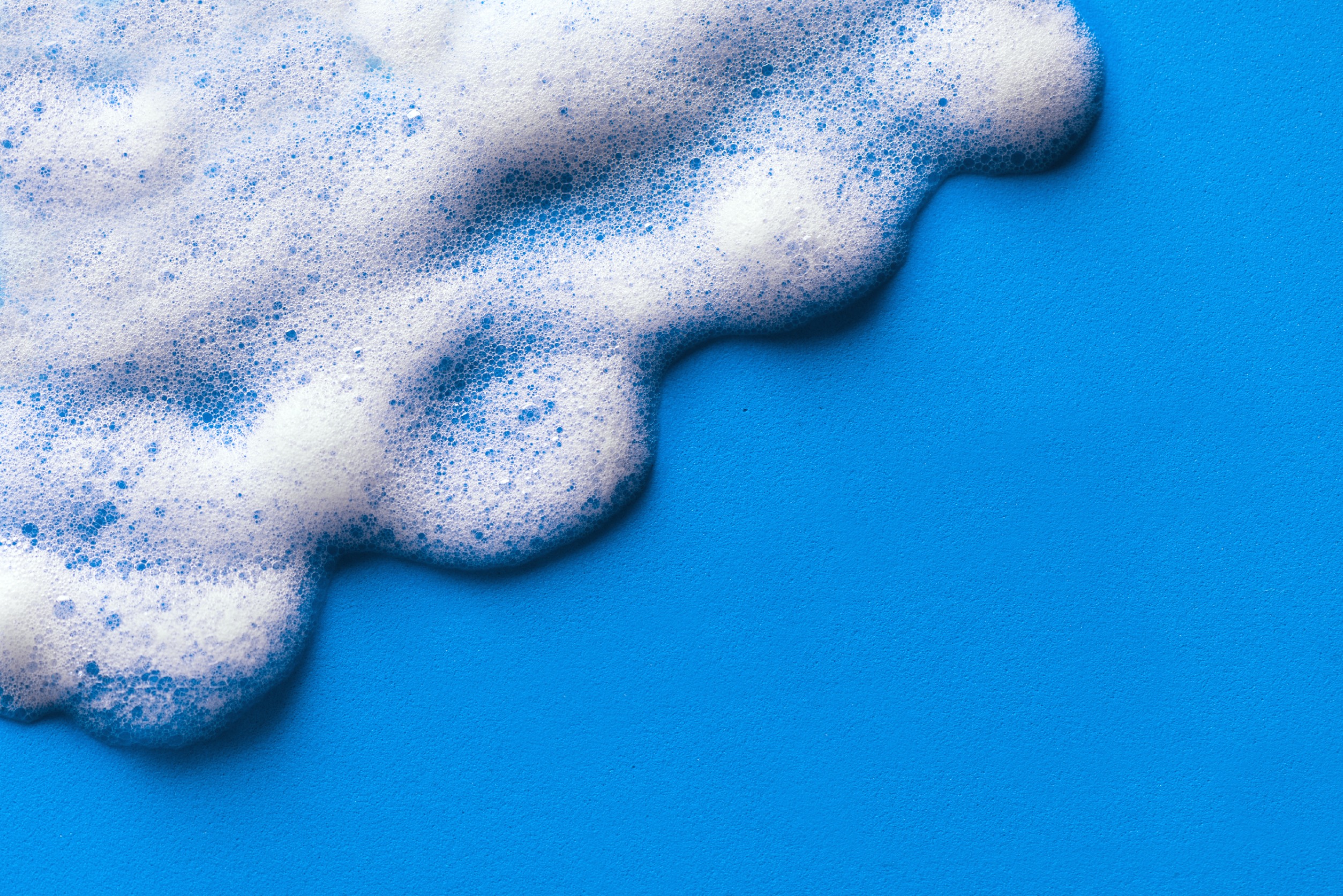Imagine a busy bakery with cake batter spilling out of mixing bowls, a brewery dealing with sticky spills from beer-filled tanks, or a juice factory dealing with foamy fruits playing havoc with the machinery. These are just a few examples of how undesired foam may transform a well-run food processing facility into a chaotic catastrophe. Defoamer is a great food industry additive that prevents foam and guarantees the smooth preparation of our favorite dishes and drinks.
Discover all there is to know about defoamers and their significance in the food sector by reading on.
Disadvantages of Excessive Foam
Foam, a natural occurrence in many food processing applications, serves a purpose, be it in whipping egg whites, aerating bread dough, or fermenting beer. However, when it exceeds its bounds, it poses risks to both the process and the final product:
Reduced Efficiency
Foam, occupying valuable space in processing containers, leads to spills and overflows, impacting overall efficiency.
Compromised Quality
Some products just don’t do well with air inside them. Excessive foam traps air bubbles in products, which therefore changes their texture and appearance. Imagine a cake with large air pockets rather than a fine, even crumb!
Concerns about Hygiene
Bacteria thrive in foam, endangering product hygiene and shortening the shelf life of the finished product.
Operational Difficulties
Uncontrolled foam can create problems for operations by blocking pipes, preventing mixing, and damaging equipment.
The Need for Defoamers
Defoamers quietly step onto the scene, acting like undercover agents on a mission to thwart the formation and stability of foam bubbles. These unassuming additives are important in keeping the potentially chaotic consequences of excessive foam in check. They do so through various techniques, including breaking surface tension, dispersing gas bubbles, or coating the bubbles to stop them from merging.
Different Kinds of Defoamers
The type of food being processed, the specific foaming issue, and the desired final product qualities all influence the choice of the appropriate defoamer. A peek into the varied world of defoamers is provided here:
Silicone-Based Defoamers
Common and FDA-approved, these are effective at low dosages and offer excellent defoaming power.
Dimethylpolysiloxane (DMPS)
DMPS has a high heat resistance, making it a good fit for baking and frying applications.
Edible Oil-Based Defoamers
These defoamers are edible because they come from natural oils like soybean or rapeseed. They’re often used for organic or health-conscious food products because of it, though they are slightly less effective than silicone-based defoamers.
Antifoam Enzymes
By dissolving the proteins and polysaccharides, these biodegradable and natural foam-forming agents act as defoamers. This lets them be biological defoamers that provide an all-natural, long-lasting solution.
The Defoamers’ Broader Effect
Defoamers have an effect that goes beyond just keeping spills clean and guaranteeing the quality of products. Defoamers boost productivity and save costs for food businesses by maximizing processing efficiency and decreasing equipment downtime. They also play a vital role in reducing water and energy consumption, aligning with sustainability efforts within the food industry.
Qemi International Inc. stocks specially crafted defoamers and antifoams. Whether it’s for your food-grade requirements or industrial applications, our extensive range will see you covered. Contact us today to learn more.

